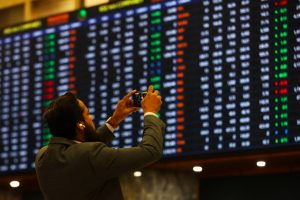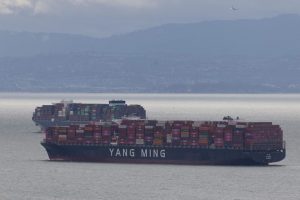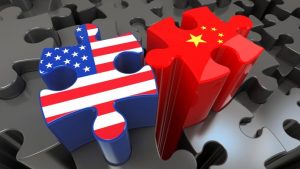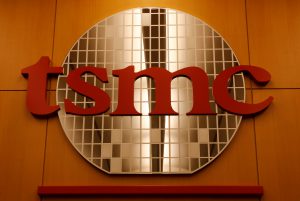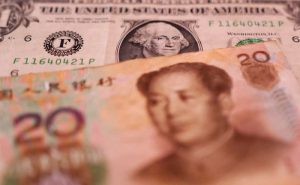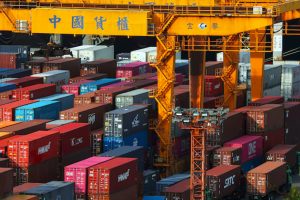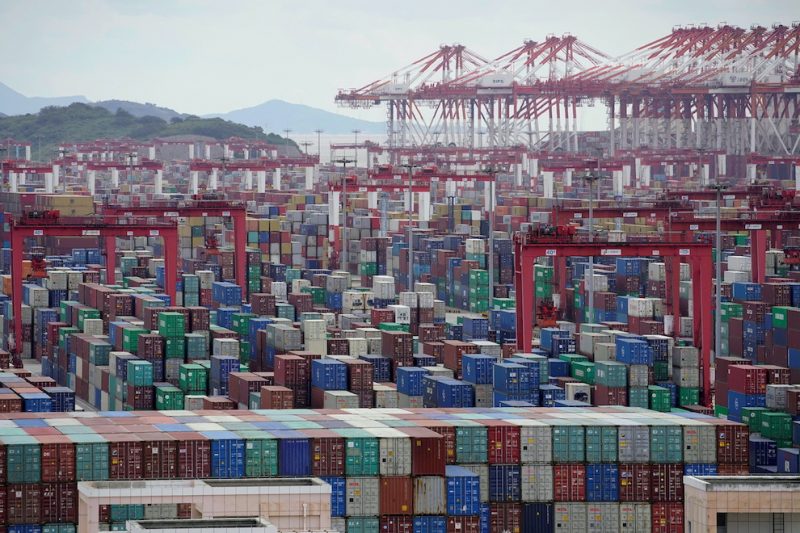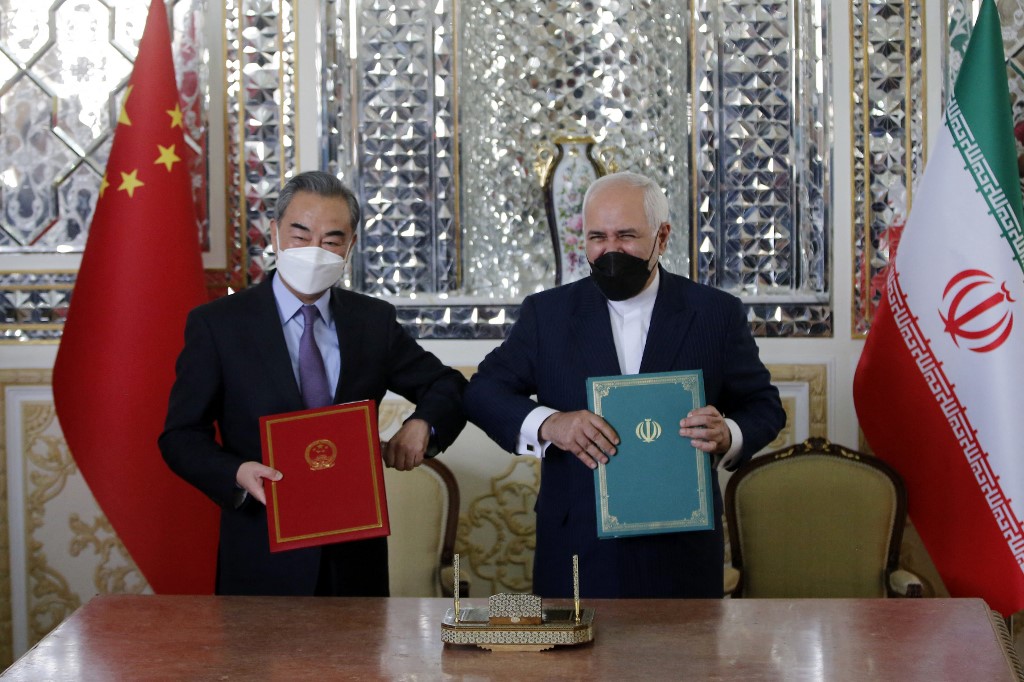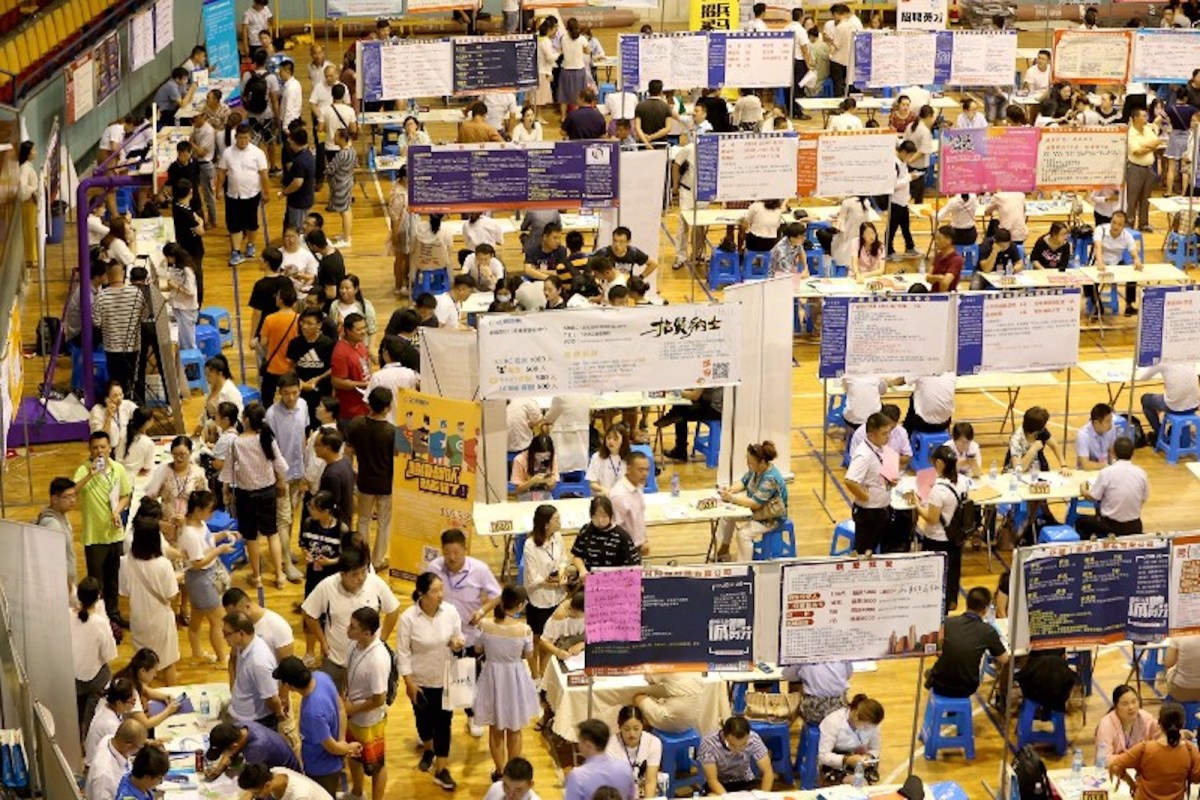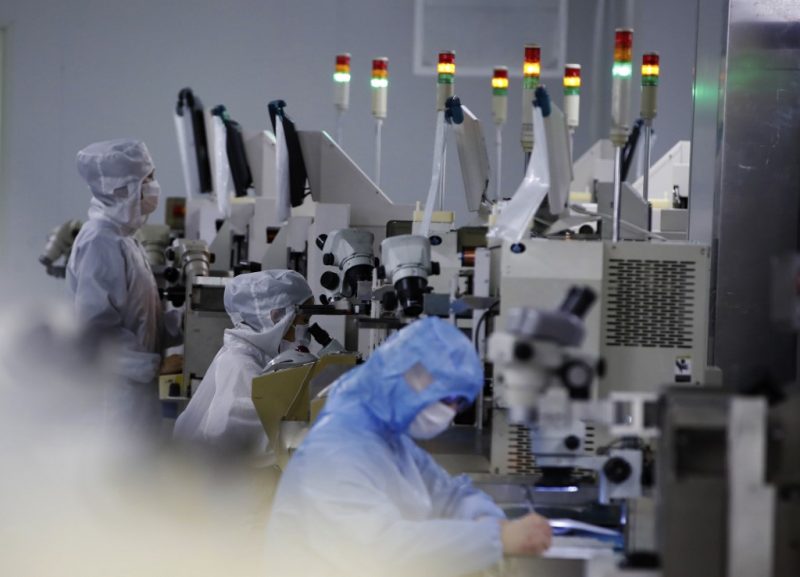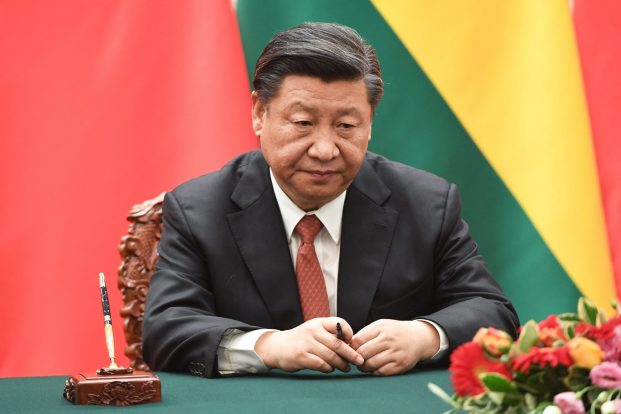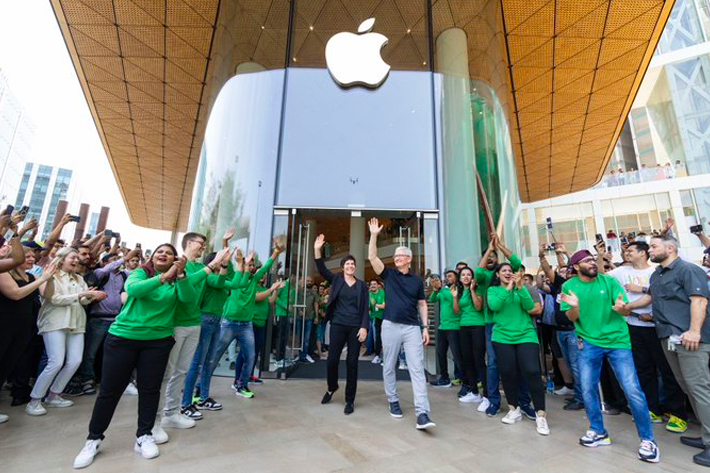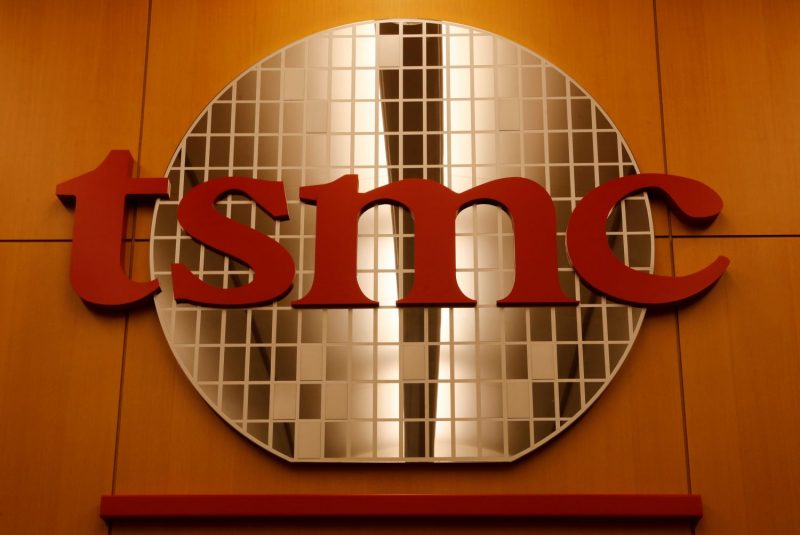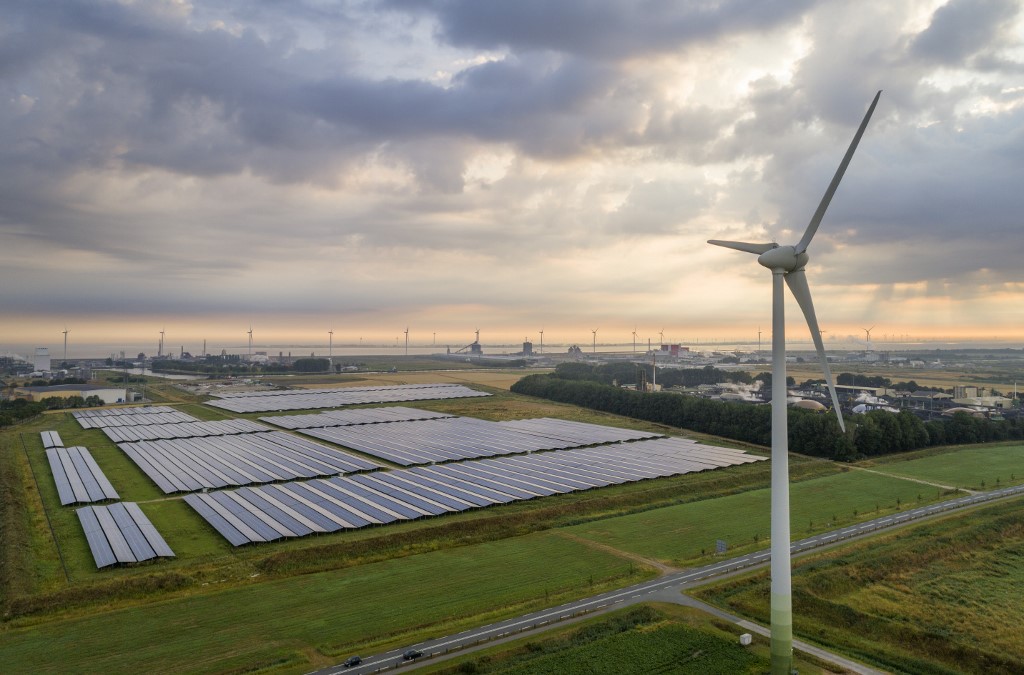(ATF) The PBoC on Wednesday morning set yuan parity at 7.1092. But that was either a serious misjudgment of the forces tugging at the Chinese currency or a pretty deft headfake. Which was it?
Here are the FX facts: This morning’s fixing was substantially stronger than Tuesday’s of 7.1293. But by 2:45pm HK time, the yuan had weakened sharply to 7.1615 and at 7pm still traded at a soft 7.1539.
The offshore CNY (CNH) was quoted at 7.1755 at 2:45pm and at 7.1709 at 7pm.
Today’s 7.1450 to 7.1750 CNH move was not the largest in the coronavirus period; that – and the highest CNH volatility – occurred on April 30/May 1, from 7.0817 to 7.1349.
And significantly, neither of the two moves were virus related, but go to the credit of US President Donald Trump.
At the end of April, Trump threatened to and has since enacted a ban on certain US government pension plan investments in Chinese securities. Overnight, he said he was pondering sanctions against Chinese officials and firms and wondered out loud whether Hong Kong might be able to continue to act as a financial center as a new national security law is promulgated by China’s National People’s Congress.
Setting parity at a rather strong level Wednesday morning was not a deft PBoC move of covering for benign neglect regarding a weaker yuan, which – say, for trade reasons – it might welcome.
Rapid yuan depreciation is not in the overall Chineses interest.
The strong morning parity was a PBoC attempt to nudge the fx market toward not overreacting to the latest Trump threat.
Predictably, the attempt failed, in particular, in absence of substantial US dollar selling intervention.
The Trump threats to throttle back US capital flows to China have had their effect; strong equity buying over the past months of mainland Chinese investors of Hong Kong stocks have added to it.
It is too early to speak of capital flight from China and out of the yuan. The levels remain within the daily yuan trading band. But caution is called for and China may not be able to ease monetary policy further as economic recovery plans call fall.





